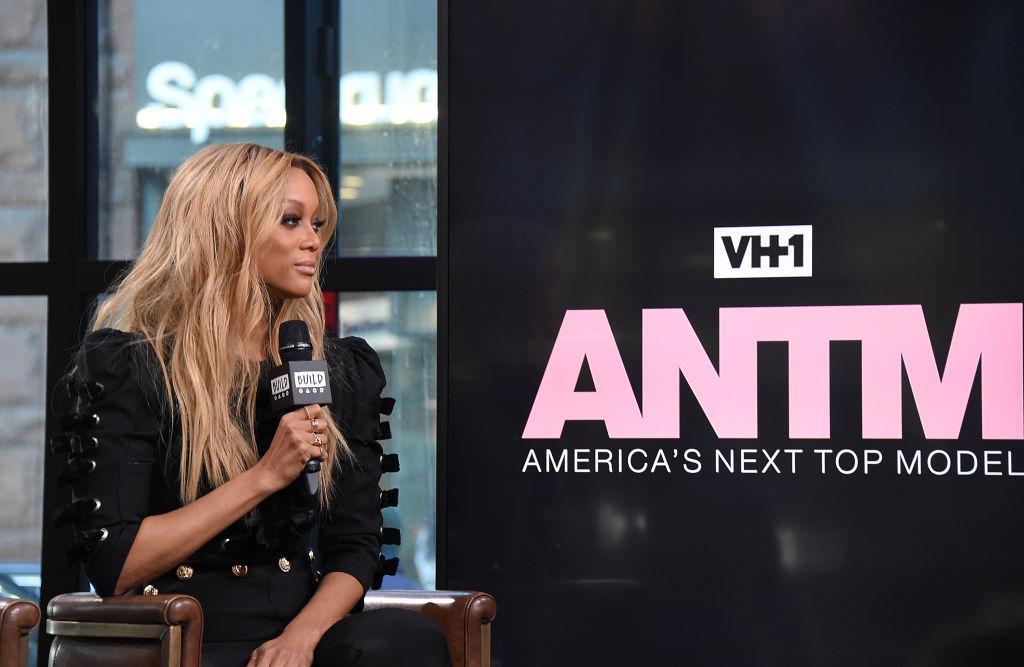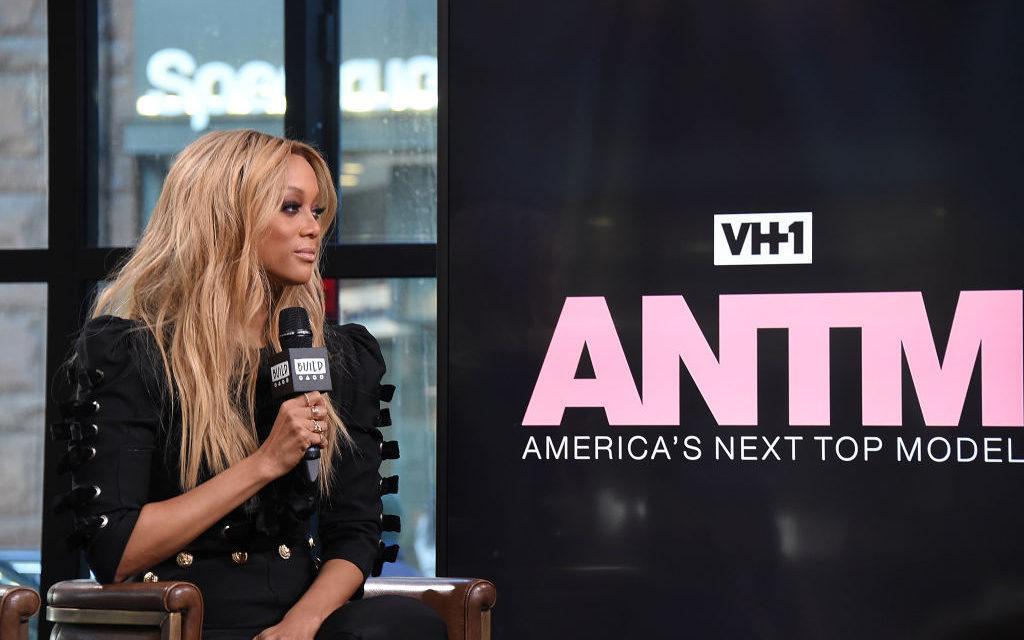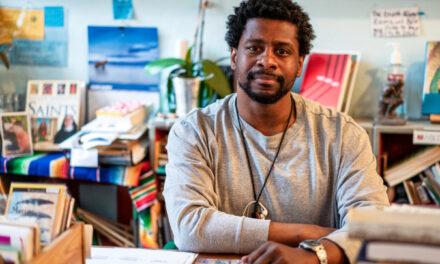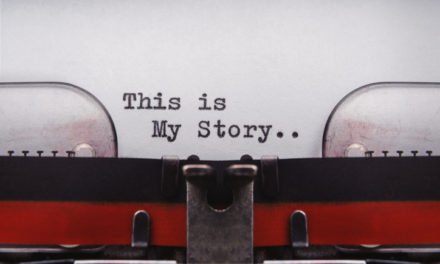
Tyra Banks is an international supermodel who rose to fame in the 1990s when she became the first Black woman on the cover of the Sports Illustrated annual swimsuit edition, then went onto become one of first Black and most popular Victoria’s Secret models.
Banks had both commercial and couture success in the fashion world. In 2003, she launched her reality show, America’s Next Top Model (ANTM), where she served as judge, host, and producer. For 15 years on ANTM, Banks, along with a panel of fashion industry experts, selected 13 – 16 finalists to go through a series of challenging photo shoots, fashion shows, and other challenges to ultimately win a modeling contract and become the face of Cover Girl cosmetics for 1 year.
One of the challenges each season was the makeovers. Banks would alter the contestants’ appearance, with the goal of making them more “marketable” within the fashion industry. Most of the time, the changes surrounded hair color and length, which were often challenging for the contestants. However, sometimes the makeovers would include changes to the contestants’ teeth and mouth.
Hulu released all the seasons of the show on their streaming platform. With time on their hands during the pandemic, viewers have been binging the show from the beginning.
Recently, Banks came under fire as people re-watched Season 6 of the show. During the makeovers, Banks requested one of the Black contestants have a dental procedure to close the gap between her front teeth. When the contestant initially refused to undergo the procedure, Banks challenged her commitment to the competition and a modeling career; she asked the contestant, “Do you really think you can be a Cover Girl with a gap in your mouth?”
When the contestant said “Yes. Why Not?,” Banks put her finger in front of her own teeth to mimic the contestant’s gap and mocked her. The next episode, the contestant went through with the procedure to close her gap. Ultimately, that contestant won the season and has gone on to have a fairly successful modeling career.
Still, Banks faced criticism for her handling of this issue, and other choices she made related to makeovers on the show—including makeup altering the racial appearance of white contestants for photo shoots, and other behaviors that resonated as anti-Black and anti-woman. Banks, who has lauded herself as a champion for Black and women’s causes, was called a bully and a hypocrite for her behavior.
After a few days of trending on Twitter for past ANTM episode behaviors, Banks responded with a single Tweet:
Been seeing the posts about the insensitivity of some past ANTM moments and I agree with you. Looking back, those were some really off choices. Appreciate your honest feedback and am sending so much love and virtual hugs. ❤
Banks faced further criticism for not saying more about the incidents or for apologizing to those she may have harmed.
Many of us have made poor, non-inclusive choices in our pasts. When given a past opportunity to advocate for someone marginalized, we failed or we fumbled. When given the opportunity to push toward inclusion and acceptance over the status quo, we chose not to step up. Some of us documented those choices on social media, in writing, or on video. And at some point, those “receipts” may get pulled.
Many of us have made poor, non-inclusive choices in our pasts. When given a past opportunity to advocate for someone marginalized, we failed or we fumbled. Share on XHere are some best practices for acknowledging past mistakes (whether in response to ‘receipts’ getting pulled or your own self-understanding and growth):
- Own the error. Banks seems do that in her response on Twitter. She admits to making poor choices in prior seasons and agrees that the criticism of her choices is warranted.
- Apologize for the harm caused. Make amends with those you offended. Perhaps you were able to do this privately before the incident became public knowledge. Even if that isn’t possible, it’s important to take the initiative to make amends publicly when the opportunity arises.
- Explain the specific problematic behavior. Openly discuss what you did that was wrong. Tell why the choice was non-inclusive and harmful. Don’t shy away and don’t defend your past decision.
- Highlight the correct behavior. Discuss how you should have handled the issue and why. Also share what you have learned since the incident occurred and the more inclusive choices you have made since.
We all make mistakes, whether they are due to biases, ignorance, or fear. We all hope to keep them in our past and move forward so we can do better and be better. Yet, when those errors come back to haunt us—or better yet, before that happens—we have an opportunity to create a teachable moment. Don’t waste that.
We all make mistakes, whether they are due to biases, ignorance, or fear. When those errors come back to haunt us—or better yet, before that happens—we have an opportunity to create a teachable moment. Don't waste that. Share on X


















